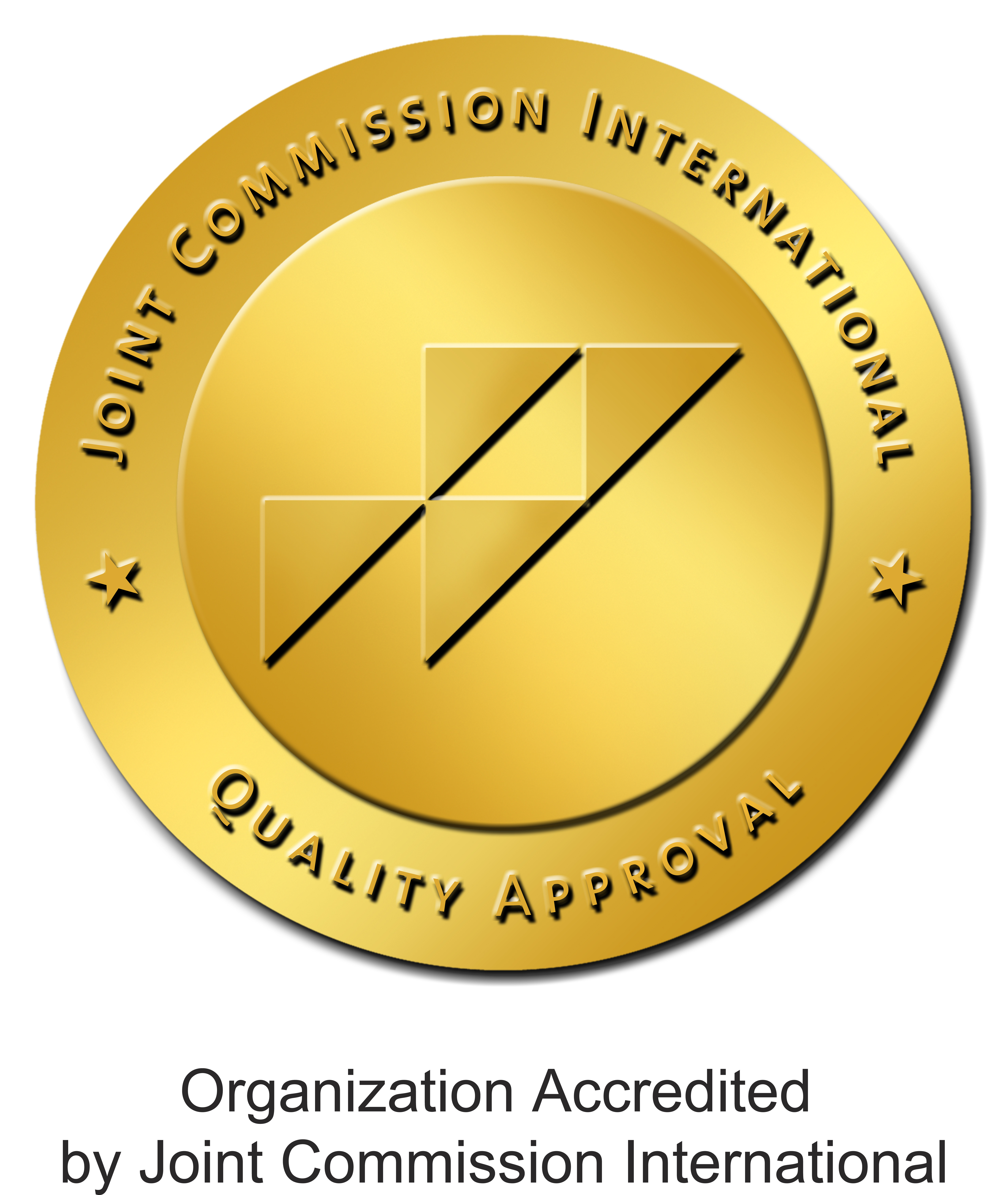Pathologies that can be potentially treated with hadrontherapy
Paragangliomas
Want to submit your case? Click HERE
Pheochromocytomas and paragangliomas are rare neuroendocrine tumours with an estimated incidence of about two cases per million. When the tumour arises in the cells of the adrenal glands, it is called pheochromocytoma, while in the few cases in which it has an extra-adrenal origin, it is called paraganglioma. In both cases they are sympathetic tumours that can synthesize and secrete catecholamines, metabolites and several other substances, generally peptides.
However, the name paraganglioma also identifies some types of parasympathetic tumours that are usually located in the area of the head, neck or front part of the thorax. In these cases, a paraganglioma does not secrete catecholamines, but it is identified thanks to the compression it causes on the nearby structures. Although a higher incidence of malignancy has been found in cases of extra-adrenal tumours, the tumour is benign in 90% of cases.
The age at these types of neuroendocrine tumours arise is extremely variable: from childhood to old age, an age range in which this tumour is most likely to arise cannot be determined. In addition,no substantial incidence differences based on gender have been found: the number of female patients affected by this type of tumour is not particularly different from that of male patients.
Causes of paragangliomas
The causes of pheochromocytoma and paraganglioma are still unknown. However, it has been found that in some cases, this type of tumour has a significant inherited component: this hereditary form of the tumour derives from a germline mutation on the DNA of the circulating leukocytes. Forms due to genetic inheritance account for around 25%of the cases compared with apparently occasional forms. In addition, in hereditary pheochromocytoma or paraganglioma, an earlier onset has been found, which in most cases occurs in the first twenty years of life.
In 40% of the cases, these tumours arise as a result of mutations in one of the susceptibility genes:
- VHL gene, responsible for the Von Hippel-Lindau syndrome
- RET gene, responsible for the MEN2 syndrome
- NF-1 gene, responsible for neurofibromatosis type 1
- genes encoding the 4 subunits of mitochondrial succinate dehydrogenase (SDHA, SDHB, SDHC, SDHD)
- gene responsible for flavination of the SDHA subunit (SDHAF2)
- TMEM127 gene
- MAX gene
If an inherited form of pheochromocytoma or paraganglioma is diagnosed, the patient's clinical case should be analysed to best evaluate which genetic tests are needed, especially if the onset of the tumour occurred at a young age. Genetic tests on the patient's relatives are also highly recommended.In fact, cases of hereditary pheochromocytoma or paraganglioma are often associated with other neoplasms that can be either benign and malignant, or even occur in multiple forms and/or are recurrent.
Symptoms of paragangliomas
The symptoms of these types of cancer are extremely diverse. This is due to a series of variables such as the type, stage, and location of the tumour.
If pheochromocytomas and paragangliomas secrete catecholamines, the symptoms are often attributable to other pathologies, so the diagnosis is more difficult:
- Tachycardia
- Palpitations
- Hyperhidrosis
- High blood pressure
- Headaches
- Anxiety
- Panic attacks
- Tremors
- Pale skin
- Nausea
- Dyspnoea
- Dizziness
- Abdominal and/or chest pain
- Diarrhoea or constipation
- Fatigue
- Fever
On the other hand, paragangliomas located in the head and neck region can affect cranial nerves, causing deficits in the vagus nerve in particular. If this is the case, the following symptoms may occur:
- Tinnitus
- Dysphonia
- Facial palsy
- Problems moving the tongue
- Sensation of fullness in the pharynx
In jugulotympanic paragangliomas, however, symptoms appear early and may be very decisive for the diagnosis:
- Pulsatile tinnitus
- Conductive hearing loss
Basically, it is clear that the patient's medical condition may show elements indicating the presence of a pheochromocytoma or paraganglioma, but more detailed tests are essential for an accurate diagnosis.
Diagnosis of paragangliomas
The first diagnostic test to be performed involves measuring the levels of normetanephrine, metanephrine and catecholamines that are released in the urine over a 24-hour period, as well as the levels of plasma chromogranin A and adrenomedullin. In some cases, some drugs have to be given to the patient in order to carry out triggering or suppression tests to measure the variations of these values.
After the diagnosis, further tests are needed to locate the tumour. Generally, the study uses imaging techniques such as CT scanning, which helps to perfectly define the anatomical features of the adrenal glands, and NMR, which provides additional information about any adrenal lesions. A MIBG scintigraphy labelled with radioactive iodine, and with specific tracers for pheochromocytoma or paraganglioma tissue is often required.
If the results of both the MIBG scintigraphy and the radiological images are negative, a PET diagnostic examination using various tracers such as 2-deoxyglucose, hydroxyephedrine, epinephrine and fluoro dopamine can be used. Another option is a venous catheterization for collecting plasma sample at several levels, in order to search for the gradient of secretions detected by measuring plasma catecholamines.
Treatment of paragangliomas
Surgery is the common treatment for pheochromocytoma and paraganglioma (for cases of pheochromocytoma located in the adrenal area, laparoscopy is the minimally invasive approach for patients), and it is definite if tumours are benign, but it must be preceded by an adequate medical therapy. Medical therapy is essential to prepare a patient for surgery, for any complications and for therapy after the surgery. Pharmacological therapy involves administering alpha-blockers to the patient; these drugs are used as vasodilators to normalise blood pressure. These alpha-blockers do not interfere with the production of catecholamines by the tumour, but limit their peripheral effects.
In pheochromocytomas or malignant paragangliomas or in cases where the patient cannot undergo a surgery due to serious concomitant pathologies or to the extension, pharmacological therapy is essential to limit the symptoms and harmful effects of the disease on the body.In such cases, treatment with protons may be prescribed.













